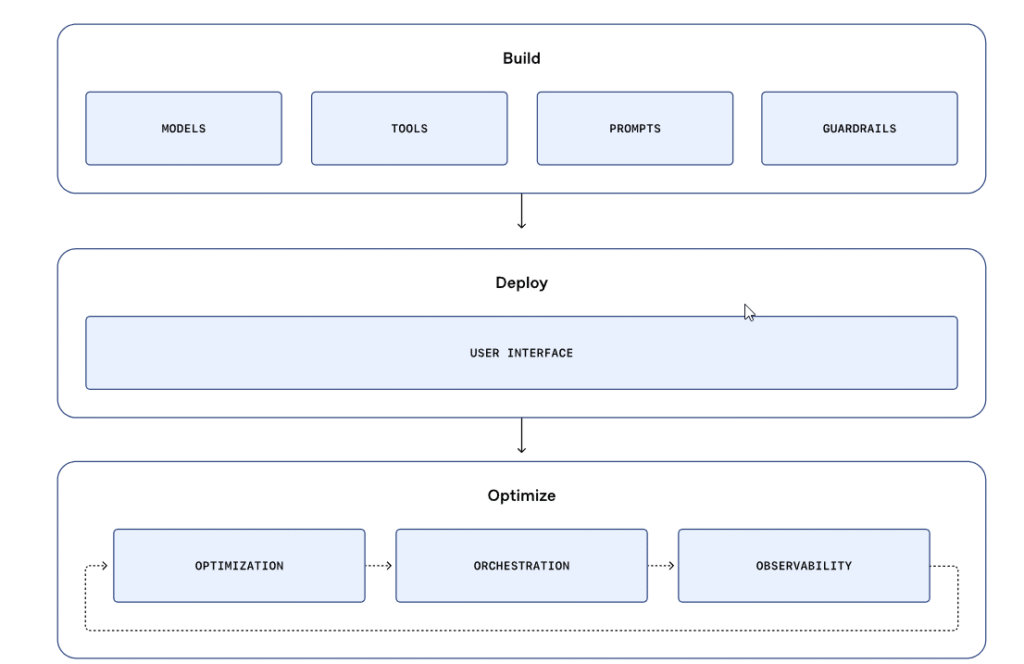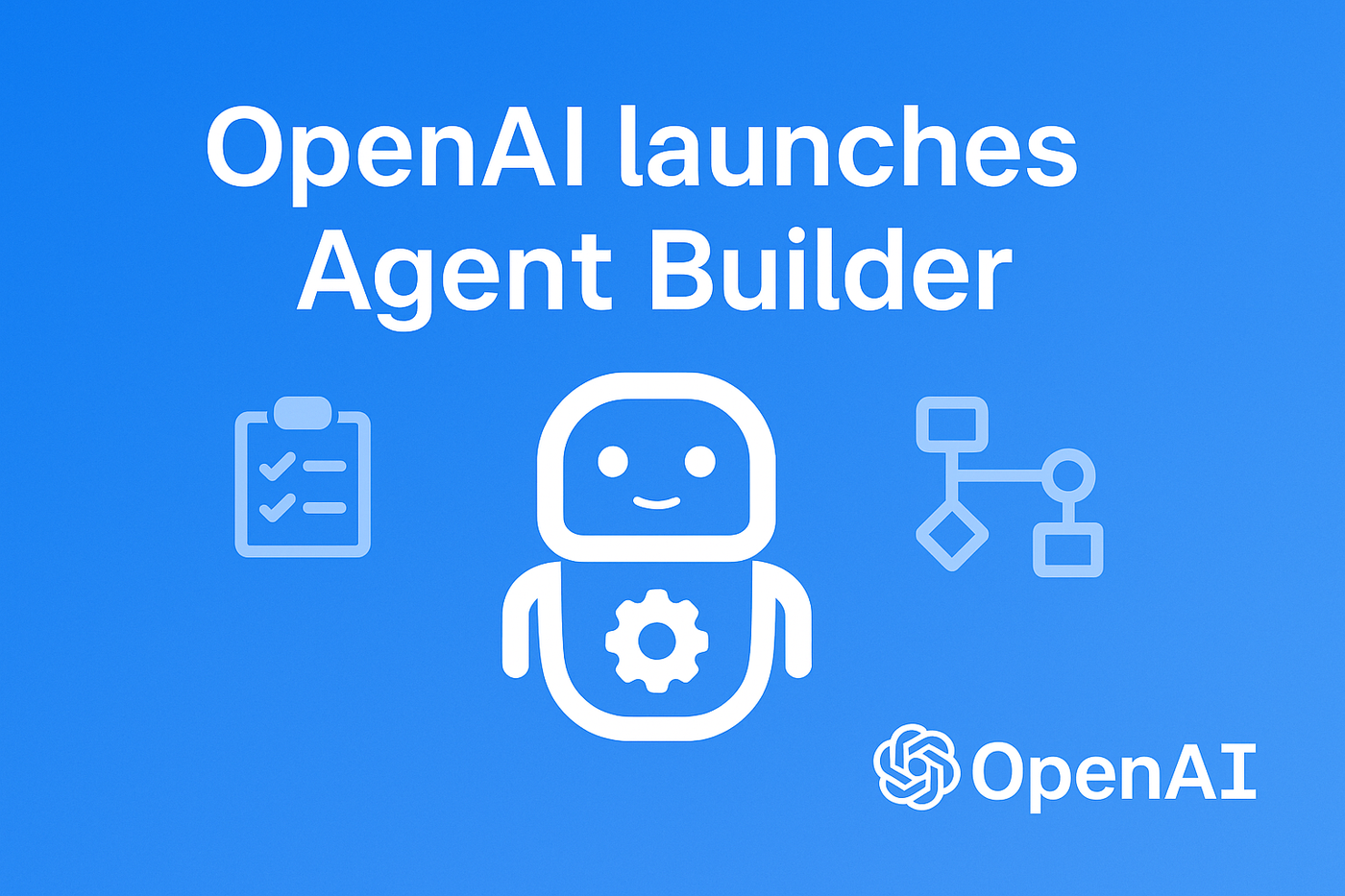Agent hype is easy. Agent shipping is hard. The new Agent Builder and AgentKit stack tries to close that gap. Teams get a visual canvas to compose multi agent workflows, test tool calls and trace where decisions went wrong. For engineers there are SDKs for Node and Python so the pretty canvas moves into real applications without duct tape. For product managers there is a chat component that drops an agent into a website or app in minutes.
Under the hood the reinforcement fine tuning track expands, which matters more than any demo. If your agent needs to learn to stop hallucinating steps or obey a compliance checklist, you can now train on decision quality rather than only text mimicry. The roadmap also adds deeper evaluations with datasets, trace grading and automated prompt optimization so you catch regressions before a bad change hits production.
Where does this fit in a real company. Start with two patterns. First, retrieval heavy assistants that need tool use across internal knowledge plus a ticketing system. Second, workflow agents that orchestrate a sequence like onboarding or refunds with guardrails and human handoff. The builder covers the flow, the SDK glues it to your stack, and the evals keep you honest.
If you already tried building agents on slides and sample code, this release is a chance to re-baseline your approach. Define a small job to be done. Wire it to exactly one internal system. Add a feedback loop. Ship. Then widen the scope. Teams that do this earn trust from legal and security long before grand platforms are approved.
Follow Tech Moves on Instagram and Facebook for practical agent architectures, eval templates and battle tested prompts that survive production traffic.














